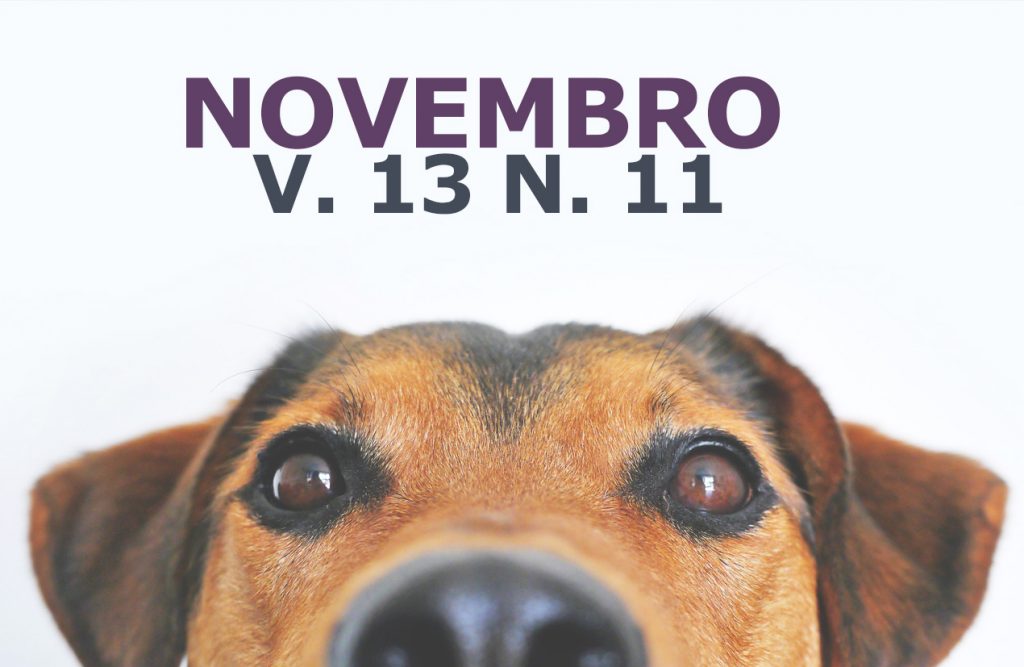Refluxo gastroesofágico transoperatório em cães: revisão
DOI:
https://doi.org/10.31533/pubvet.v13n11a449.1-5Palavras-chave:
anestesia, canino, cirurgia, refluxoResumo
O refluxo gastroesofágico (RGE) transoperatório ocorre, dentre outras espécies, em humanos, cães e gatos, ocasionando danos ao esôfago devido ao baixo pH do conteúdo do trato digestório. Pode culminar em esofagite, estenose esofágica e pneumonia aspirativa. Seu diagnóstico por vezes é obtido a partir da ocorrência de regurgitação, ou seja, quando o refluxo atinge a cavidade nasal ou oral. Estudos tem sido realizados ao longo dos anos testando fármacos, biotipos corporais, procedimentos cirúrgicos ou de diagnóstico e posicionamentos que possam precipitar este evento. Neste texto é trazida uma breve revisão algumas informações sobre RGE objetivando alertar para suas importantes consequências e como preveni-las.
Downloads
Publicado
Edição
Seção
Licença
Copyright (c) 2019 Hellen Fialho Hartmann, Bernardo Nascimento Antunes, Roberta do Nascimento Libardoni, Luciana Gonçalves Teixeira, Maurício Veloso Brun

Este trabalho está licenciado sob uma licença Creative Commons Attribution 4.0 International License.
Você tem o direito de:
Compartilhar — copiar e redistribuir o material em qualquer suporte ou formato
Adaptar — remixar, transformar, e criar a partir do material para qualquer fim, mesmo que comercial.
O licenciante não pode revogar estes direitos desde que você respeite os termos da licença. De acordo com os termos seguintes:
Atribuição
— Você deve dar o crédito apropriado, prover um link para a licença e indicar se mudanças foram feitas. Você deve fazê-lo em qualquer circunstância razoável, mas de nenhuma maneira que sugira que o licenciante apoia você ou o seu uso. Sem restrições adicionais
— Você não pode aplicar termos jurídicos ou medidas de caráter tecnológico que restrinjam legalmente outros de fazerem algo que a licença permita.





